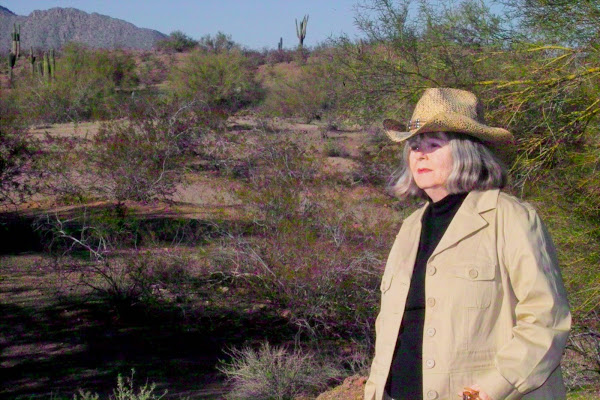We all have THAT
drawer, the drawer we dump things until we can find the proper place for them. But
since we seldom find the proper place for those things, the drawer eventually
fills up and we have to take a week or two off work to clean it out.
Like everyone else, I
have a drawer like that. Several actually. But the drawer I finally got around
to cleaning out yesterday was my pen drawer. Yes, I have a drawer devoted to pens
only, and it had gotten to the point where I couldn’t close it any more. So yesterday
afternoon I settled myself in front of the TV and began sorting through them.
That’s when I found
something I didn’t expect.
For years I’ve been
telling people I don’t journals, but my “pen and pencil” drawer turned out to
be a journal of sorts, a pen-by-pen record of some of the places I’ve traveled
to and the people I’ve met. Among them were the pens from various banks and credit
unions, probably picked up when I was making withdrawals. (Deposits? In this
economy, you have to be kidding.) But I also found numerous purple pens from
Diamondback Drugs, where I pick up meds for whichever of my fur babies happens
to be ailing. Other pens included one from the Moosehead Saloon, in Palmer,
Alaska (more about that, later); one from Perry Lodge, in Kanab, Arizona (also
more about that, later), and one from Bevara, which I’d picked up in Reykjavik,
Iceland (more about… ditto).
I found dozens of pens
from various hotel chains across the U.S., such as the Radisson, Sheraton,
Hilton, Marriott, Holiday Inn, Doubletree, La Quinta, Best Western, and Ramada.
Since none of those pens gave any hint of which particular city or state they
originated in, I can only guess that they came from Washington, Oregon, California,
Oklahoma, Iowa, Kansas, Massachusetts, Washington DC, Maryland, Missouri, Arkansas,
Alabama, Mississippi, Tennessee, Georgia, Louisiana, Texas, Nevada, Utah,
Colorado, Idaho, New Mexico, and several cities and towns in Arizona. I do get
around.
Those pens took me on a
trip down Memory Lane.
The beat-up pen from
the Moosehead Saloon reminded me of my trip to the University of Anchorage, around
ten years ago, where the generous university president and his wife let me stay
with them while I lectured at the school on the polygamy cults described in “Desert
Wives.” While in Alaska, I visited the Moosehead Saloon (it has a stuffed moose
head hanging on the wall, thus the name), where the friendly bartender gave me
a keychain made by a “skin-sewer,” and I carried it until the hair finally wore
off. (No, I’m not a vegetarian, although I feel guilty about not being one). I remember
looking out the window of my room one morning and seeing a moose – a live one
-- wander by. I found that exciting, since moose seldom pass my window here in
Scottsdale.
Another stand-out was
my memory of Kanab, Arizona, and the lovely, frozen-in-time motel where John
Wayne himself once stayed. I’d picked up the pen while doing research for “Desert
Wind,” tracking the footsteps of the various places Wayne stayed while filming “The
Conqueror.” I remember the life-sized cut-out of Wayne in the hotel lobby. My husband
took a picture of me with my arm around the Duke. That was about eight years
back.
The most recent memory
those old pens evoked was of Iceland, where I’d been doing research on “The
Puffin of Death.”
The woman who rented
me an apartment handed me the pen so I could fill out the residency form. She
was from France, she explained, and had married an Icelander. Now she and her
husband ran a hostel for travelers, as well as a couple of apartments in
Reykjavik, Iceland’s capitol city. How best to describe those two weeks in the
country formerly known as Ultima Thule? Enchanting. Awe-inspiring.
Unforgettable. I hiked by glaciers, volcanoes, Icelandic horses, fjords,
lava-strewn pastures… Words are simply inadequate to describe the beauties of
Iceland.
But while sorting out
the hoard in my pen drawer what I didn’t discover – and this surprised me – was
that during my travels I’d only picked up one pen handed out by another writer,
and that was the “Gumbo Justice” pen, given to me by Holli Castillo, who I think
I met years ago at Left Coast Crime. Or maybe it was Bouchercon. And don’t ask
me in what city, because I haven’t the foggiest. I attend so many conferences…
Still, from clearing
out my hoard, here’s what I’ve learned about myself.
First: I’m a pen thief.
Sadly, I’m a pen thief of cheap pens only, so your Mont Blanc and Cross pens
are safe from me.
Second: I belong to a
LOT of writers organizations, among them Mystery Writers of America, the
Writers Guild, Sisters in Crime, the Society of Southwestern Authors, Scottsdale
Society of Women Writers… the list goes on.
Third: I’m obviously pretty
healthy, since I’ve lifted only two pens from doctors’ offices.
Fourth: I spend a lot on pet care.
Fifth: I travel more
than I thought I did, although my pen drawer lacked proof of my sojourns in
France, England, and Scotland. This leads me to believe that Europeans guard
their writing instruments more carefully than do Americans.
Sixth: Judging from the
number of pens from “inexpensive” hotel chains as opposed to the high-rent
hotels, I’m really, really cheap.











